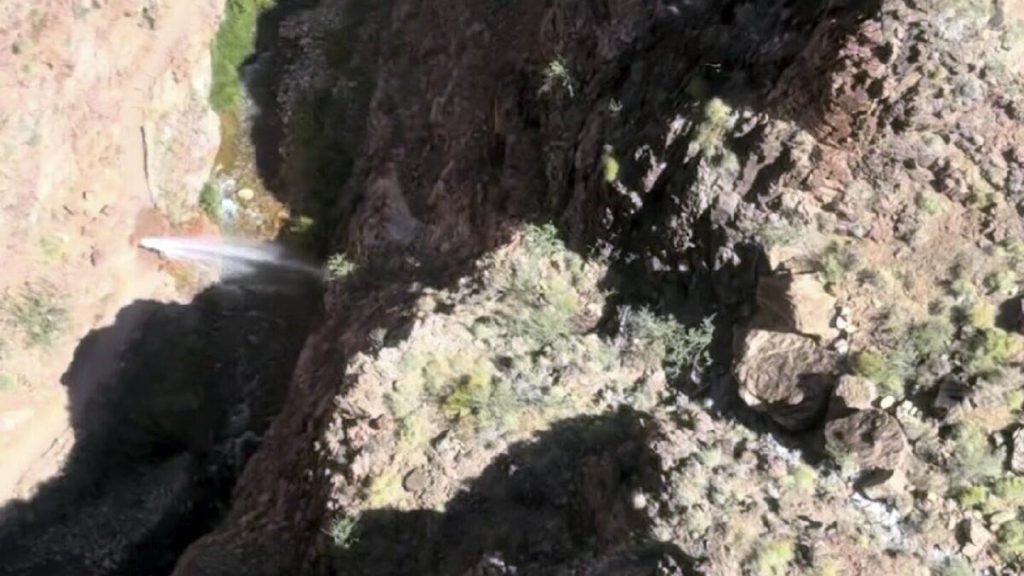The Grand Canyon National Park in Arizona has faced a sudden and sweeping shutdown of overnight hotel stays due to the failure of the main water pipeline supplying water to the park. This has led to water restrictions running throughout the Labor Day holiday, a time when hotels are usually near or at capacity. The park has been dealing with challenges with its water supply since July 8, and currently, no water is being pumped to either the canyon’s south or north rims. This unprecedented situation has forced the park to implement “Stage 4” water restrictions, which means visitors won’t be able to stay overnight at certain hotels within the park.
The Transcanyon Waterline, built in the 1960s, supplies potable water for facilities on the South Rim and inner canyon. However, since 2010, there have been over 85 major breaks in the pipeline that disrupted water delivery, but none led to “Stage 4” water restrictions until four recent significant breaks occurred. Under these water restrictions, visitors won’t be able to stay overnight at popular hotels such as El Tovar, Bright Angel Lodge, Maswik Lodge, and Phantom Ranch. Despite the restrictions, the park will remain open during the day, and hotels outside the park in the town of Tusayan, Arizona, will not be impacted.
The Grand Canyon, known for its vast desert landscapes and carved by the Colorado River, is a popular tourist destination that welcomed nearly 523,000 visitors last August and over 466,000 visitors last September. The sudden water restrictions have raised concerns about the impact on tourism in the area, as many tourists may be deterred from visiting the park. Park officials are working to restore full operational status for overnight guests on the South Rim as quickly as possible. However, the repairs are challenging due to the location of the breaks in a narrow part of the canyon known as “the box,” which is susceptible to rockfalls.
The pipeline failure comes at a time when the National Park Service is undertaking a $208 million rehabilitation project of the waterline. The upgrades to the water delivery system are expected to be completed by 2027, with the goal of meeting the water supply needs for the park’s 6 million annual visitors and 2,500 year-round residents. Despite the challenges posed by the recent pipeline breaks, park officials are working with crews to repair the damage and restore water supply to the affected areas. The situation has also raised concerns about the economic impact on nearby cities and towns that rely on tourism revenue generated by visitors to the Grand Canyon.


